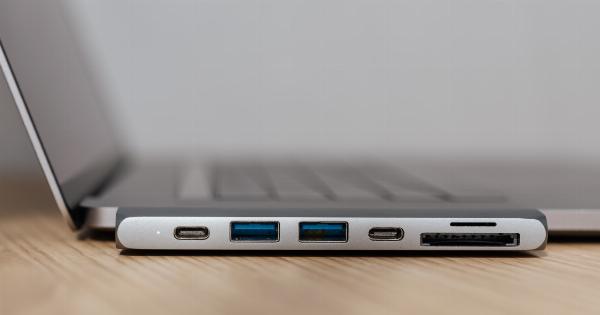Attention Deficit Hyperactivity Disorder (ADHD) is a neurodevelopmental disorder that affects both children and adults. It is characterized by symptoms such as inattention, hyperactivity, and impulsivity.
In recent years, the prevalence of ADHD has been on the rise, leading researchers and experts to explore various factors that could contribute to the development and exacerbation of ADHD symptoms. One such factor that has gained considerable attention is screen time.
The Impact of Screen Time on ADHD Symptoms
With the advent of smartphones, tablets, and other digital devices, people of all ages are spending more time than ever engaged in screen-based activities.
While these devices and technologies offer numerous benefits, there is growing concern about the potential impact of excessive screen time on cognitive and behavioral health, particularly for individuals with ADHD.
Screen Time and Inattention
One of the core symptoms of ADHD is inattention. Children and adults with ADHD often struggle to maintain focus and have difficulty paying attention to tasks or conversations.
Excessive screen time, especially when consumed without breaks or in an unstructured manner, can further exacerbate inattention in individuals with ADHD.
Digital Overstimulation and Hyperactivity
Another key characteristic of ADHD is hyperactivity. Excessive screen time, particularly when it involves fast-paced and visually stimulating content, can contribute to increased hyperactivity in individuals with ADHD.
The constant barrage of sensory information from screens can overstimulate their already hyperactive brains, making it challenging for them to calm down or regulate their behavior.
Impulsive Behavior and Screen Time
Individuals with ADHD often struggle with impulsive behavior, acting without thinking of the consequences. Screen time, especially when it involves interactive activities or social media platforms, can provide ample opportunities for impulsive behavior.
Excessive use of social media, for instance, may lead individuals with ADHD to make impulsive and potentially regrettable decisions, such as making impulsive purchases or engaging in risky online behaviors.
The Role of Blue Light
Screen time is not only associated with cognitive and behavioral effects but also has physiological implications.
The blue light emitted by screens, particularly in the evening and nighttime, can disrupt the production of melatonin, a hormone that regulates sleep. Sleep disturbances are common among individuals with ADHD, and excessive screen time can further exacerbate their sleep problems, leading to increased fatigue, irritability, and difficulties in concentration.
Reducing Screen Time for ADHD Management
Given the potential negative impact of screen time on ADHD symptoms, it is important for individuals with ADHD and their families to consider strategies for reducing excessive screen time. Here are a few suggestions:.
1. Establish screen time limits: Set clear and reasonable limits on daily screen time, taking into account individual needs and preferences.
2. Encourage outdoor activities: Encourage physical activities and spending time outdoors as alternate forms of entertainment and stimulation.
3. Promote structured screen time: Instead of unstructured browsing or gaming, encourage screen time that is educational, productive, or interactive with parental supervision.
4. Create tech-free zones: Designate specific areas or times in the household where screens are not allowed, such as during meals or before bedtime.
5. Establish bedtime routines: Encourage the development of soothing bedtime routines that do not involve screen time, such as reading a book or listening to calming music.
The Importance of Mindful Technology Use
While it may not be realistic or desirable to completely eliminate screen time in today’s digital age, it is essential to promote mindful and balanced technology use for individuals with ADHD.
Mindful technology use involves being aware of the impact of screens on one’s mental health and actively making choices to ensure a healthy relationship with technology.
Conclusion
Excessive screen time has the potential to impact ADHD symptoms, such as inattention, hyperactivity, and impulsivity.
It is crucial for individuals with ADHD and their families to be mindful of the amount and nature of screen time and implement strategies to promote a healthy balance between technology use and other activities. By reducing screen time and adopting mindful technology use practices, individuals with ADHD can better manage their symptoms and improve their overall well-being.





























